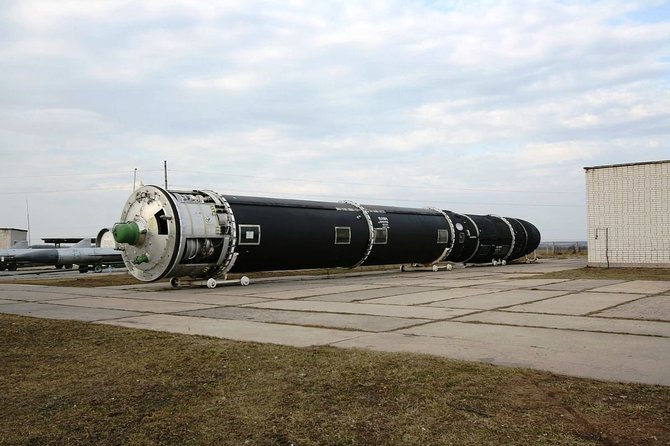The RS-28 Sarmat tests turned out to be a complete failure. The missile exploded in the shaft, leaving a huge crater and destroying the test site. “Sarmat is a liquid-fueled missile, so this accident could have occurred separately from the launch itself…”, the analysts noted.
They also pointed out that four fire engines were driving to the area of the test site, allegedly “responding to a forest fire”.
Open data analyst MT_Anderson published a satellite photo of Russia’s Plesetsk Cosmodrome showing the result of a failed test of this rocket.
As noted Defence-ua.com analysts, the explosion of an intercontinental missile during a test is a disaster that can happen once in 50 years, since the previous similar case was recorded in 1960. in October at the Baikonur Cosmodrome, when the R-16 rocket exploded.
Analysts hinted that the Kremlin is unlikely to officially recognize the very fact of the Sarmat disaster.
The RS-28 Sarmat is Russia’s fifth-generation mine-deployed strategic missile system with a multi-stage liquid-propellant intercontinental ballistic missile. The rocket is 35 m long, has a launch mass of 208 tons, and a payload of about 10 tons. The range of the missile is 16,000 km.
The first test launch of this missile took place on April 20, 2022, after Russia’s large-scale invasion of Ukraine had already begun. After that, Russia announced that it had started mass production of these missiles, and on September 1, 2023, “Sarmat” was officially accepted into service.
Source: www.15min.lt



